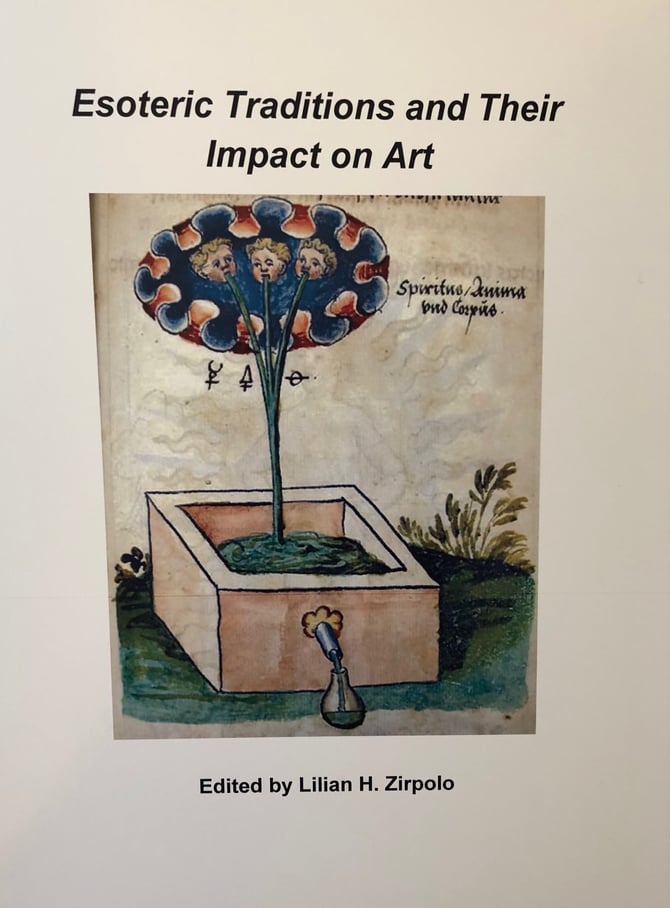
Esoteric Traditions and Their Impact on Art
The term “esotericism” stems from the Greek “esotero,” which means “within” or “inner,” and refers to the understanding of spiritual or metaphysical realities that are only available to a select few. Esotericism is in essence the discovery of correspondences between a higher divine and a lower earthly actuality, the influence of the macrocosm on the microcosm, the invisible link that connects everything to all else. Western esotericism can be traced to Late Antiquity, when three philosophical movements developed in the eastern Mediterranean: Hermeticism, Gnosticism, and Neoplatonism—all three inspired by the teachings of Plato and all embracing the belief in an inferior worldly realm and liberation of the soul from the corrupt through the attainment of spiritual knowledge or gnosis. The recovery of Greek manuscripts from Byzantium by the Crusaders and others from the thirteenth century on and their systematic translation into Latin in the fifteenth century occasioned the revival of ancient esoteric traditions. This recovery permeated Renaissance culture and its effects can be seen in the art commissions of the era. The essays in the present anthology contribute to our understanding of esotericism in the Renaissance and beyond, and how it is manifested in art.

